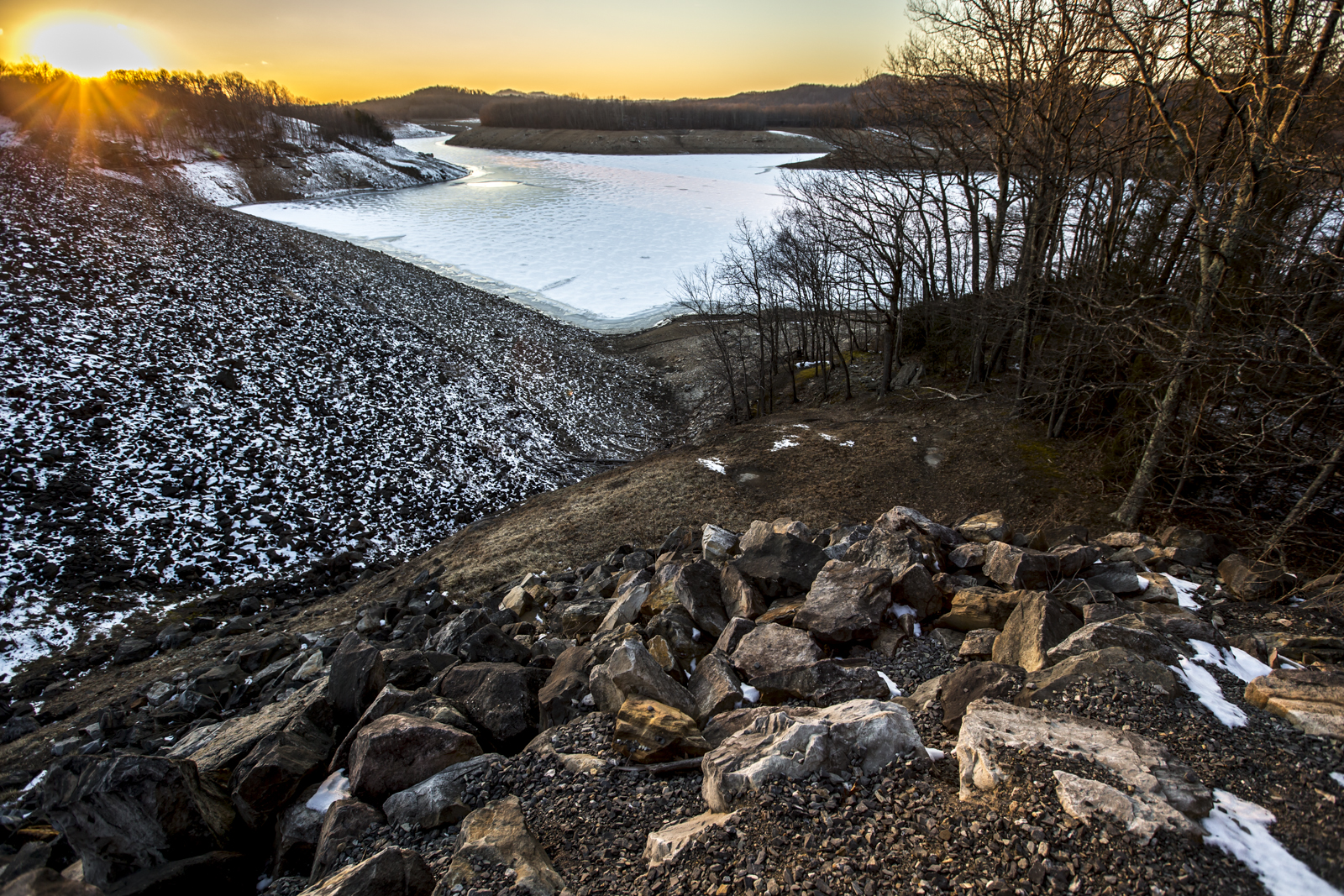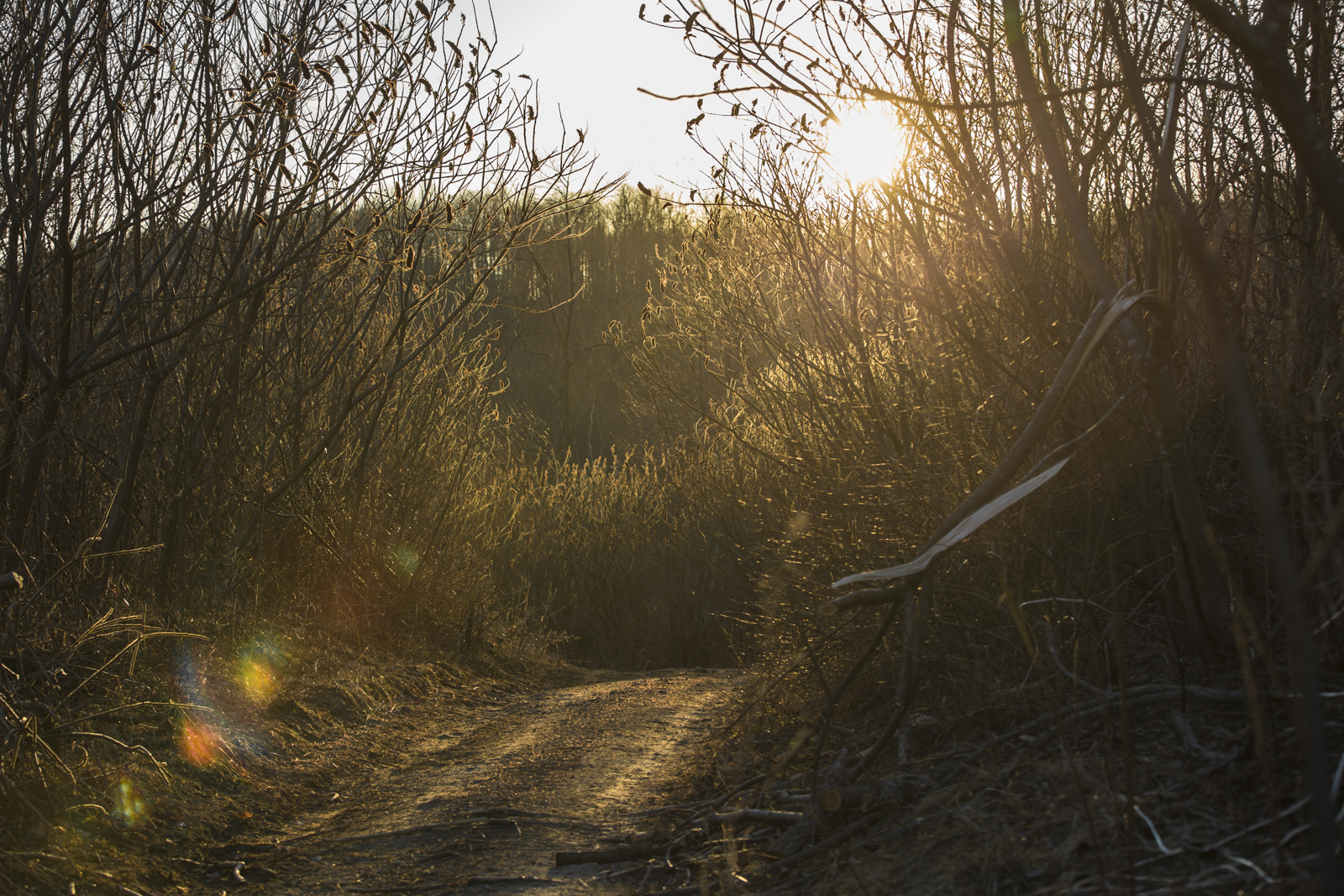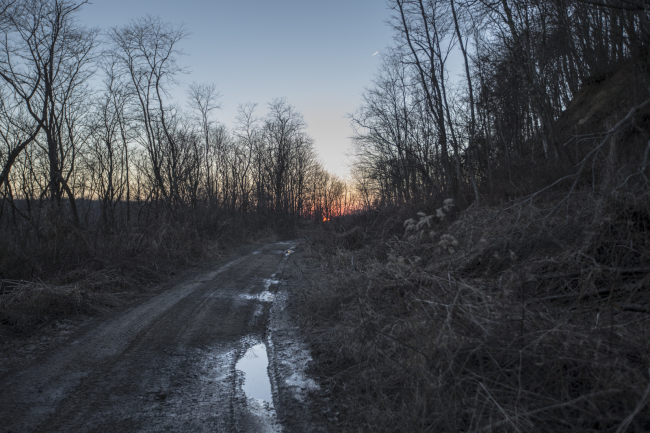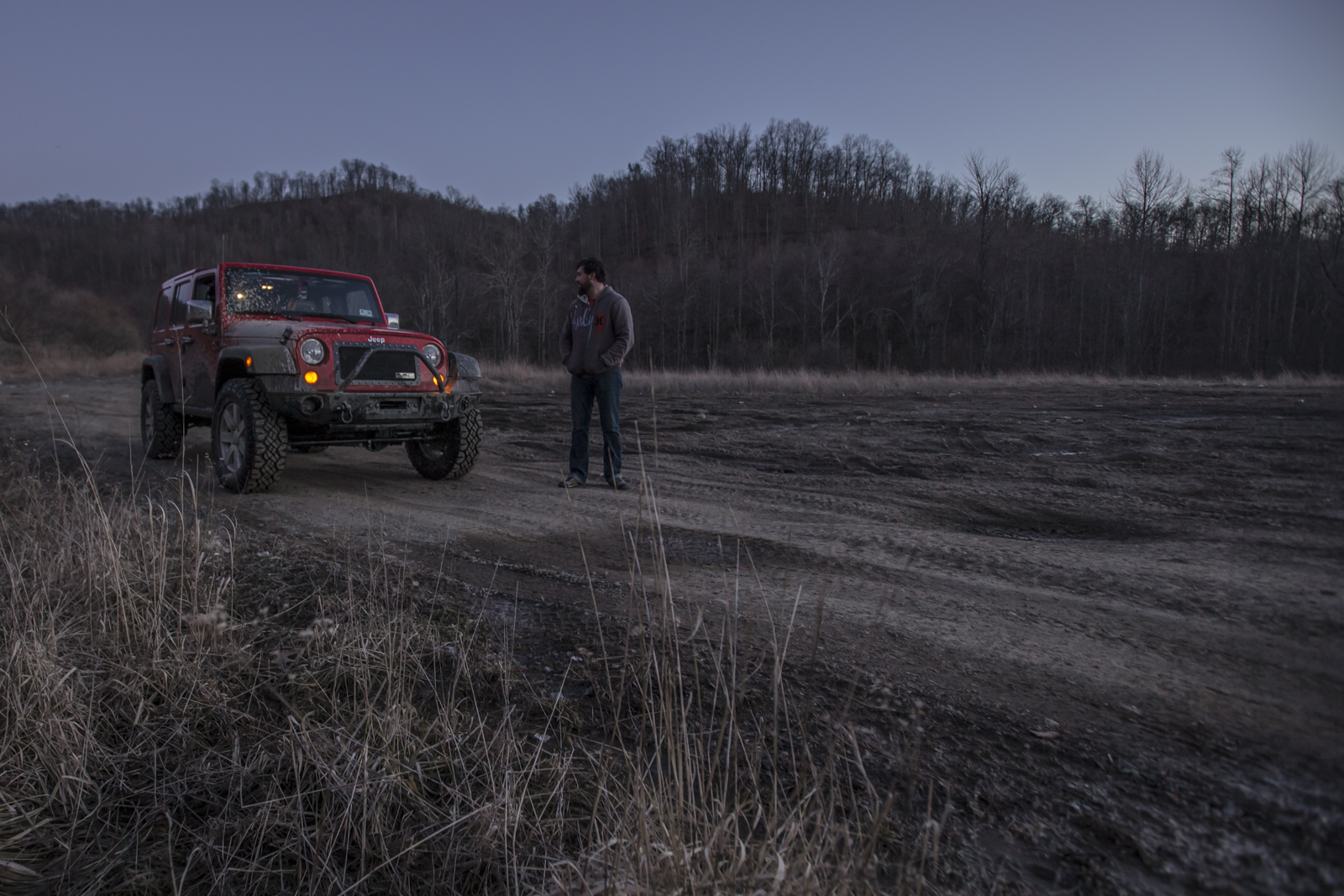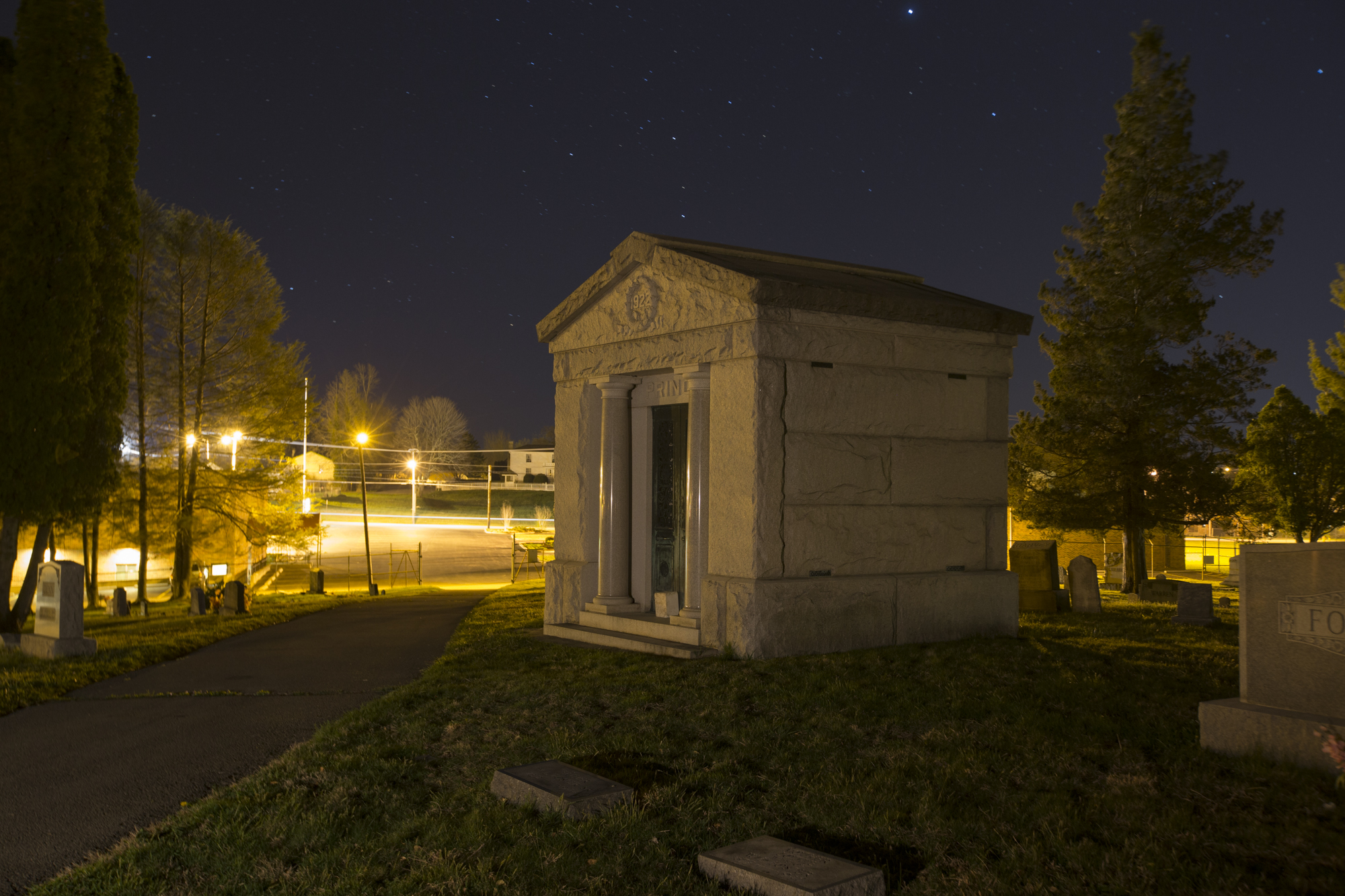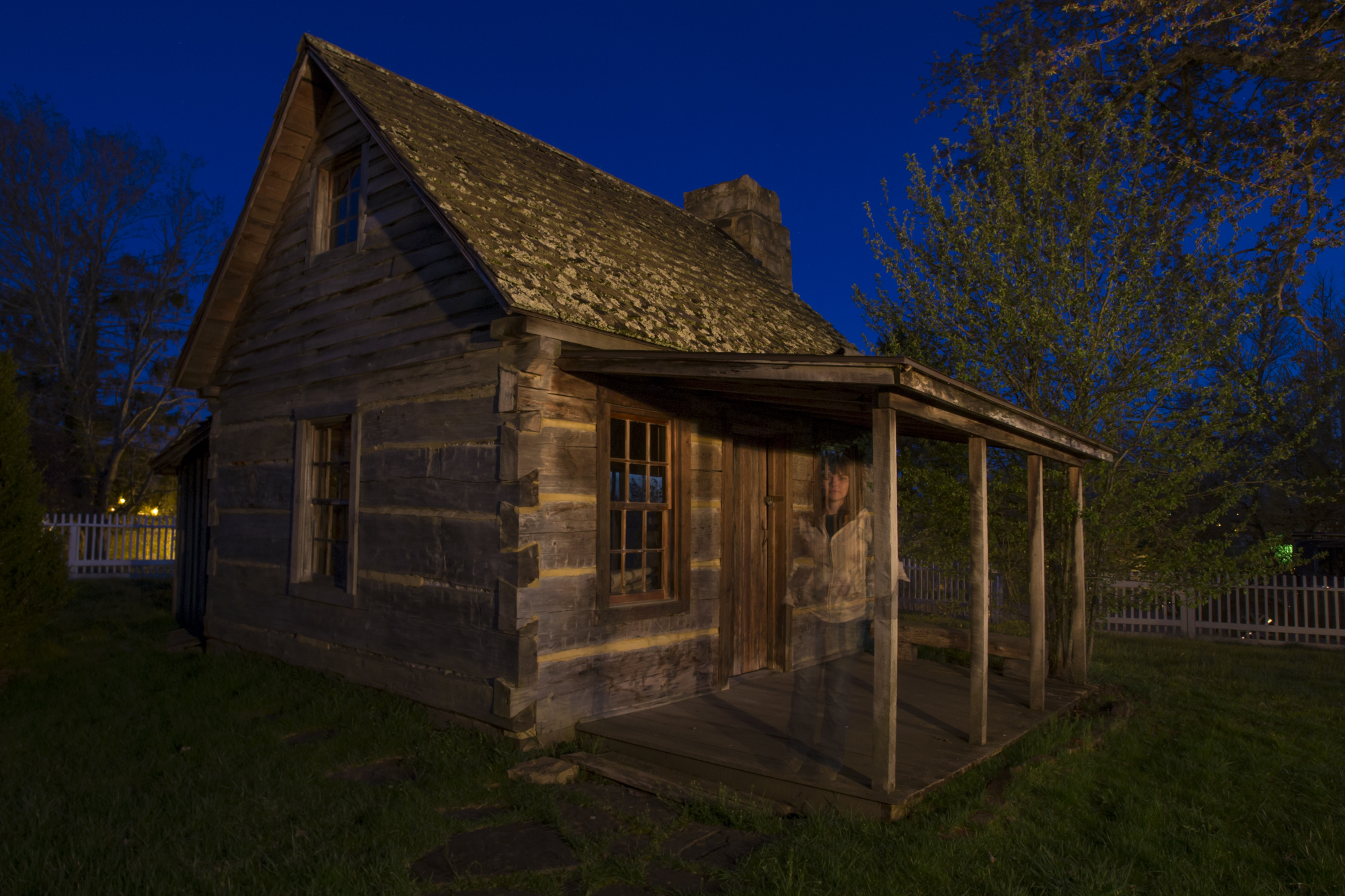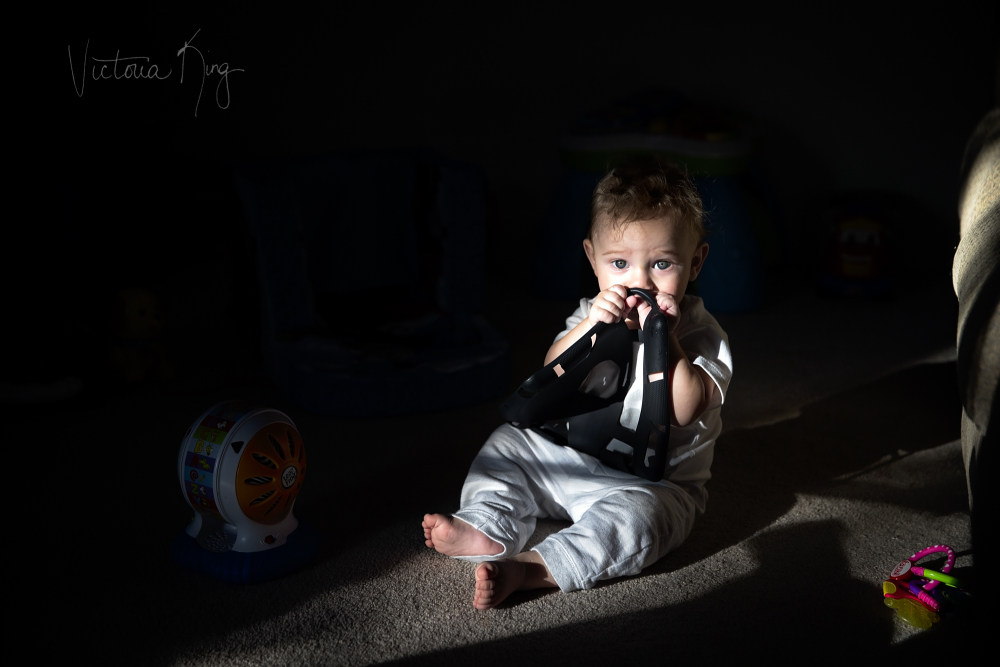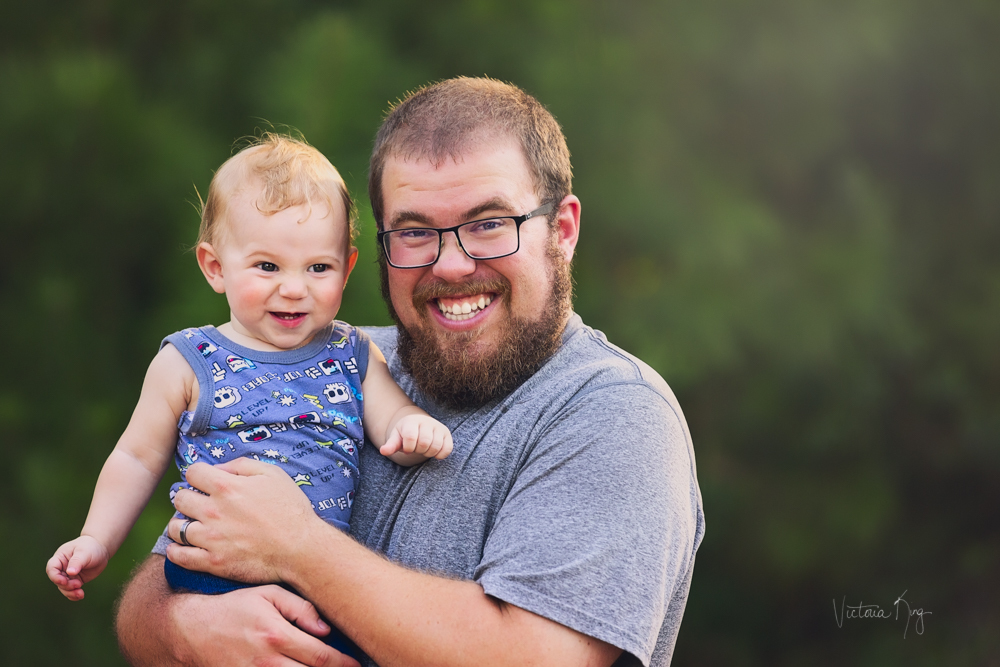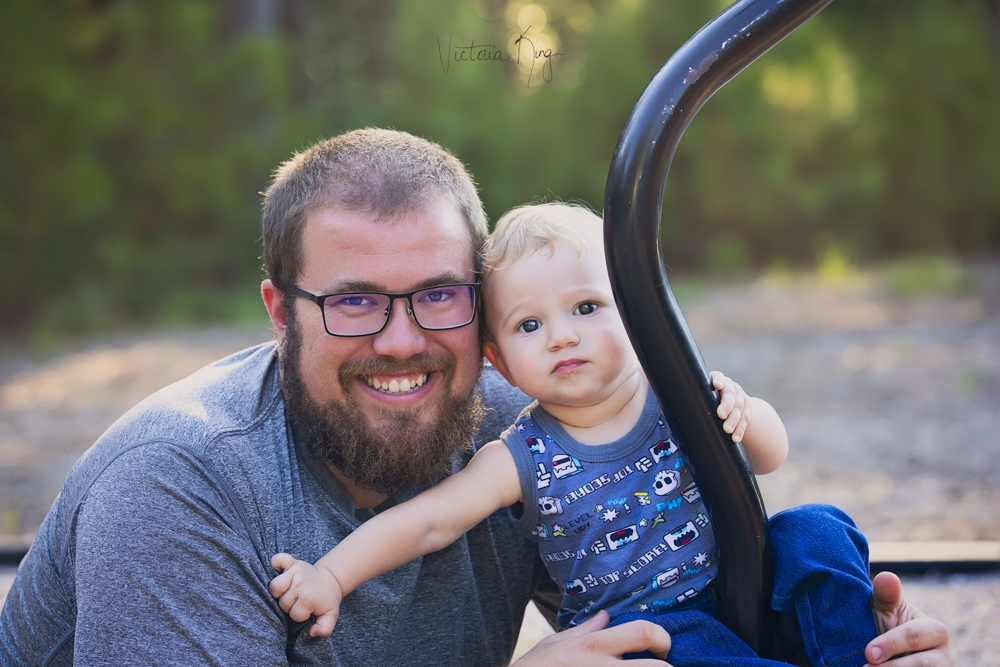Photographing the Sun
This week I've been working on photographing landscapes that involve the sun, rays from the sun, or lens aberrations due to harsh sunlight. Early on in my photo excursion yesterday, despite frigid temperatures in Hawk's Nest and Carnifex Ferry Battlefield, both state parks in West Virginia, I realized that the sun was getting in my way of photographing without either harsh shadows, or by creating aberrations in my photographs. You should also know that I keep a steady monologue on my hikes, and during this particular monologue, I cursed the sun, the cold, creaky trees, and geese. Geese always deserve it, and as difficult as it may seem when being chased by one or a gaggle, it is possible to get away from those foul, loud-mouthed beasts. That being said, I could only run away from the sun by being in the shade, so I tried that, and remembered I could create a halo effect that way. I also remembered that I could work with a flare from the sun to my advantage in order to create a more appealing scene by highlighting a main subject, like in the photo below of the house that Henry Patterson built in the 1850s on what would become the battle field of Carnifex Ferry, Summersville, West Virginia.
Not only did I use this method here, but also in more photographs, along with one that I posted to Spotlight West Virginia. I'll show it below and explain the method I used.
In this photograph, I took my inspiration from the shots that Spotlight West Virginia tends to post. These posts seem to generate a decent amount of popularity for this area, and they all have the same type of recurring theme in photographs that the page itself shares--over-saturated/vibrant, sunset, sunrise, landscape; they love the colorful. Sometimes, I like to work with vibrant compositions, drawing from the personal style of one of my favorite photographers, Olivier Laude, esq. I take color theory into account in what I do in order to be sure the color schemes are complementary. So that's what I've tried here, and it's generated more local popularity than usual I think, in a shorter amount of time. The main thing I did for the shot was wait for the right time of evening involving a vibrant & warm sunset over an interesting landscape, frame the composition auspiciously, increase clarity, increase shadows very little to bring out detail, increase whites to bring out the ice, and there it was, an enhanced picturesque photo that is appropriate for popular photography. There's more, but that's all I've posted in photos of the day so far since getting in last night and post-processing. I hope you enjoy my work as much as I do. :) Have a great weekend!!!


